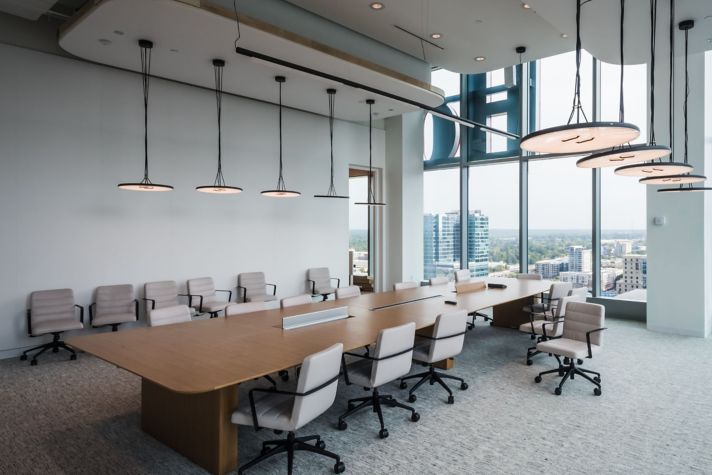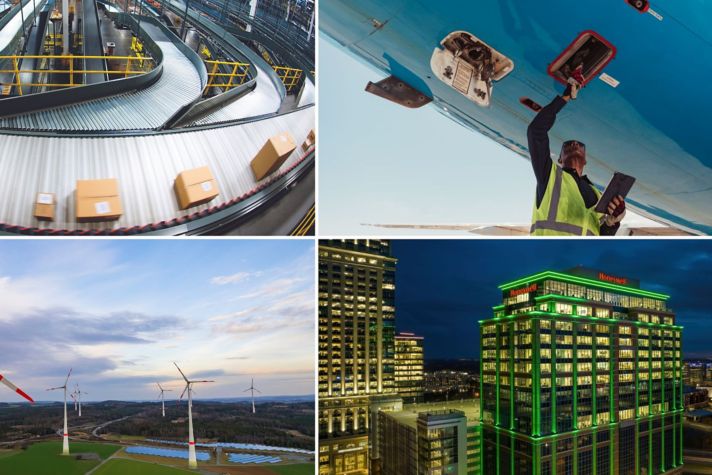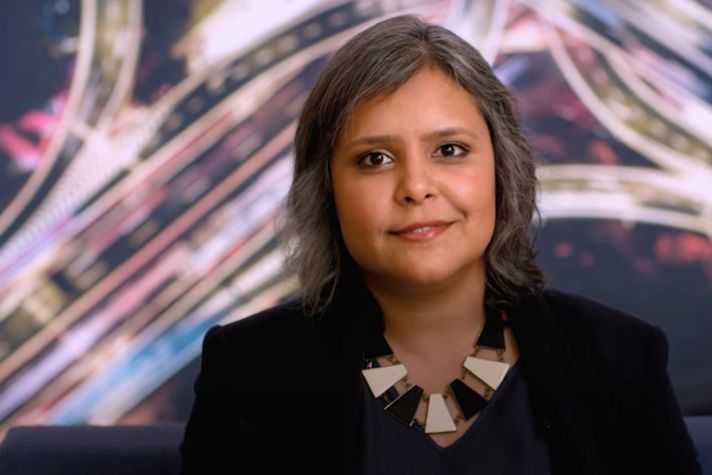-
 Global
Global-
Africa
-
Asia Pacific
-
Europe
-
Latin America
-
Middle East
-
North America
- |
- BUSINESSES
- |
- Contact
- |
-
 Global
Global-
Africa
-
Asia Pacific
-
Europe
-
Latin America
-
Middle East
-
North America
- |
- BUSINESSES
- |
- Contact
- |
You are browsing the product catalog for
- News
- Transforming Operations at 4 Iconic Buildings
Transforming Operations at 4 Iconic Buildings
With sustainable solutions, facilities leaders can more efficiently monitor, maintain and protect historic landmarks
Odds are you can identify the Eiffel Tower or the Sydney Opera House, but what you may not know is that technology has enabled the environmental transformation of those landmarks.
And with commercial building accounting for almost one-third of global energy consumption, according to the International Energy Agency, these solutions are critical to significantly lowering carbon emissions.
Learn how different technologies have helped transform these four iconic buildings, making operations more sustainable and streamlined.
Sydney Opera House
With its roof of prominent white sails, the Sydney Opera House is one of the most renowned landmarks in Australia. In 2013, the opera house began a decadelong overhaul of its building management system with the goal of reducing carbon consumption by 14% and achieving carbon neutrality by 2023.
In partnership with Honeywell, the Sydney Opera House’s intelligent evolution introduced more sustainable building technologies to better conserve energy and water. The new controls allow operators to view information about all its systems and subsystems from a single dashboard, readily identify issues and quickly respond. The venue’s upgraded operating system also enables dynamic controls based on room usage; for example, air conditioning now cools certain areas only during performances.
Advancements like these have put the world-class performing arts venue on track for a five-star rating from the Green Building Council of Australia, up from its four-star rating in 2015. What’s more, the new systems were implemented with minimal disruption to the more than 2,000 events hosted at the Sydney Opera House each year.
Buda Castle
Buda Castle encompasses Budapest’s most important attractions: museums, theaters, libraries, hotels, churches and more. First constructed in 1247, the palace — recognized as a UNESCO World Heritage Site — has expanded and modernized through the centuries. In 2000, its IT systems were due for extensive upgrades.
Using Honeywell solutions, the castle’s modern building automation system streamlines operations, connects data sources and processes, and enhances protections for the scores of culturally significant artifacts housed within the castle walls. The integrated system includes alarms, building access, surveillance, cooling and heating operations, communications, lighting and other components of the castle’s centralized IT network. Uniting these solutions within a single system enables greater visibility and more efficient response by Buda Castle’s IT team, and it creates more opportunities for sustainable operations.
Johan Cruijff Arena
The Johan Cruijff Arena (JCA) in Amsterdam, home of the AFC Ajax and the Dutch national football teams, was already one of the world’s most sustainable stadiums when it identified challenges with its central database and building management system. With that database gathering and processing information about ticketing, safety and security, energy consumption and more, the arena needed a building management system that could integrate that data into operations to further improve performance and fan experience.
Johan Cruijff Arena partnered with Honeywell on an integrated building solution driven by analytics and IoT-enabled technology. It taps into the stadium’s network of sensors, which monitor the building’s energy storage system — created from used electric vehicle batteries and powered by 4,200 solar panels, a wind turbine, an energy-generating escalator and other inputs — as well as other connected equipment throughout the complex. Using machine learning, the platform connects data from assets, processes and third-party applications to generate actionable insights for the arena’s operations staff.
The improved database functionality this innovation made possible enables prompt responses to issues within the stadium and data-driven decision-making. As a result, the arena’s teams can more creatively engage with visitors, bring down costs and energy usage, and propose and act on new ideas in the smart buildings space.
Eiffel Tower
Built for the 1889 World’s Fair, the Eiffel Tower attracts 7 million visitors a year. The tower’s engineer, Gustave Eiffel, used it for scientific research, which led to advancements in telegraphy and broadcasting. Today, innovation is bringing new life to the Eiffel Tower once more, equipping the Société d’Exploitation de la Tour Eiffel (SETE) — the organization that operates the monument — with tools to increase energy efficiency.
SETE replaced the tower’s legacy cooling system with one powered by Solstice® ze (R-1234ze) ultralow global-warming-potential (GWP) refrigerant technology to reduce carbon dioxide equivalent emissions. Compared to the legacy system, the new solution’s global warming potential was 99.9% lower, which helps to limit the tower’s environmental impact while increasing resiliency.
The Eiffel Tower is among a growing number of buildings to implement nonozone-depleting cooling solutions as organizations seek energy-efficient ways to cool structures in compliance with sustainability goals and European Union regulations.
Learn more about how commercial buildings can become more connected, productive, efficient and secure. Plus, listen to this podcast episode to learn more about the science behind low-GWP materials, like the one used at the Eiffel Tower.
Copyright © 2024 Honeywell International Inc.




